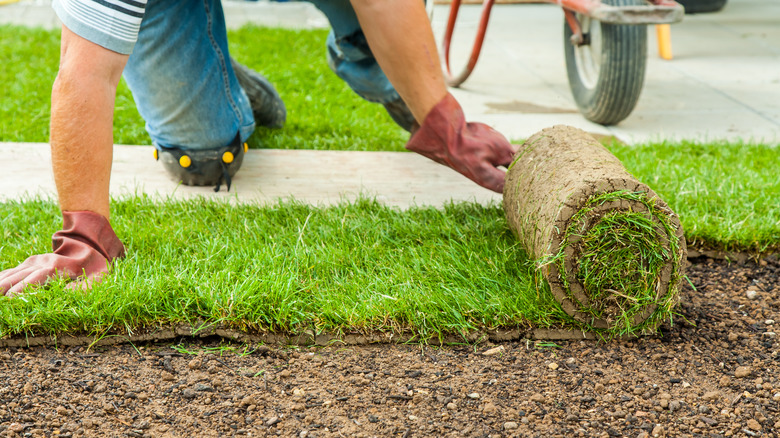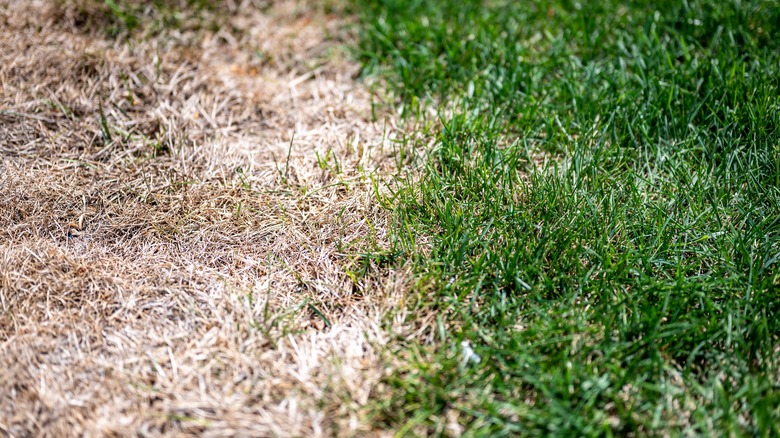As warm summer transitions into cool autumn, you may notice the lawn outside your home turning brown, appearing lifeless. The question arises: Does grass typically die in winter, along with other trees and plants that typically thrive in spring and summer? Chances are that your grass isn’t dead; it’s simply dormant. Grass, in its dormant state, is similar to the period of hibernation that mammals experience during the winter. Dormancy is a protective mechanism that allows grass to preserve moisture during drought and cold weather seasons. This process mainly occurs among breeds of cool-season grasses.
However, various types of grass found in both the northern and southern regions of the United States can experience dormancy if weather conditions grow too extreme. Dead and dormant grass appear strikingly similar, so figuring out what happens to your lawn during those months of seasonal transition can be tricky. One scenario is far more fortunate than the other, saving you money and the hassle of replacing your lawn entirely. If the grass in your yard is browning, here are some ways to determine whether your grass is dead, along with some steps for the future once you conclude.
Conduct a lawn test

There are several ways to test your grass to determine whether it’s dying or becoming dormant. First, observe the pattern in which your lawn is browning. Has your lawn turned brown in random areas, or is it more uniform? If your browning grass is patchy, there’s a good chance it’s dying. You can also tug on the grass to determine whether it’s still alive. If the grass uproots from the ground with no effort needed, it’s likely dead. However, if it requires a bit of strength to pull from the ground, it’s probably alive, just dormant.
Next, consider the atmospheric conditions of where you live, particularly over the weeks leading up to the inspection. Has your area seen temperate weather or ample rainfall? If not, extreme weather conditions may have prompted your lawn to hibernate. While grass commonly turns dormant because of dehydration or approaching cooler weather, excessive heat or dryness can also trigger dormancy. Supplying your lawn with an extra inch or two of water each week can cause it to perk up and become green again. If the excess water doesn’t spark much change in your grass, there’s a good chance it has died.
My grass is dead. Now what?

So, you’ve concluded that your grass is dead. What actions can you take to get it back to its healthy state? Unfortunately, there’s nothing you can do to revive dead grass. The only option left is to reseed or resod your lawn; the latter involves ripping up the dead grass completely and laying new sod in its place. Both options are strenuous and expensive and require close attention to detail during implementation. Seeding a lawn costs an average of $1,085, while laying new sod can cost a homeowner anywhere from approximately $4,000 to $8,000, depending on the yard size and the type of sod.
If your lawn is dormant, you should still take steps to ensure the grass remains healthy during this stage. Grass becomes more vulnerable to the elements and damages more easily while in dormancy, so homeowners’ main priority when caring for their grass at this time should be keeping external forces from damaging it. This includes avoiding walking on the grass, overmowing, fertilizing, and overwatering.




